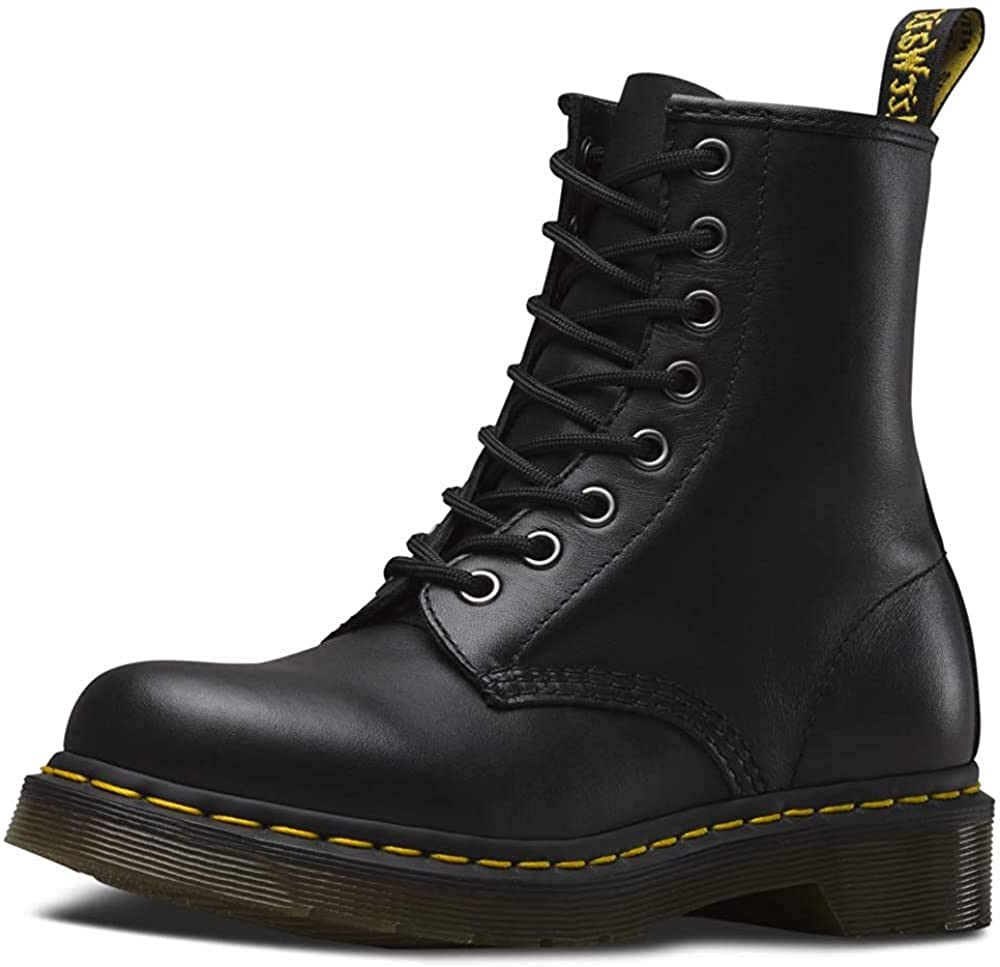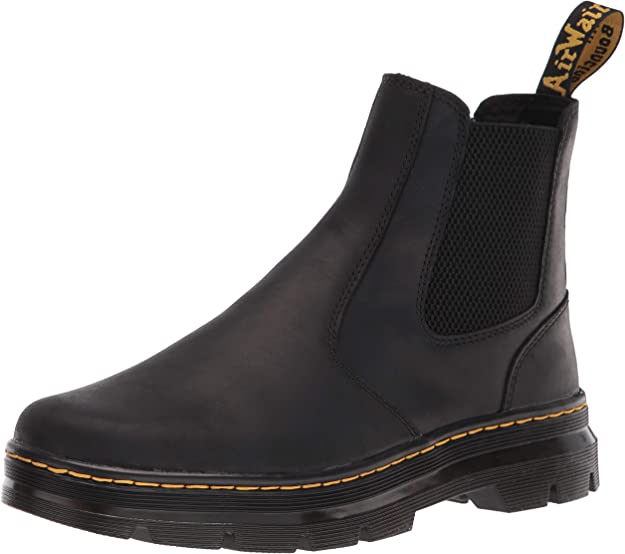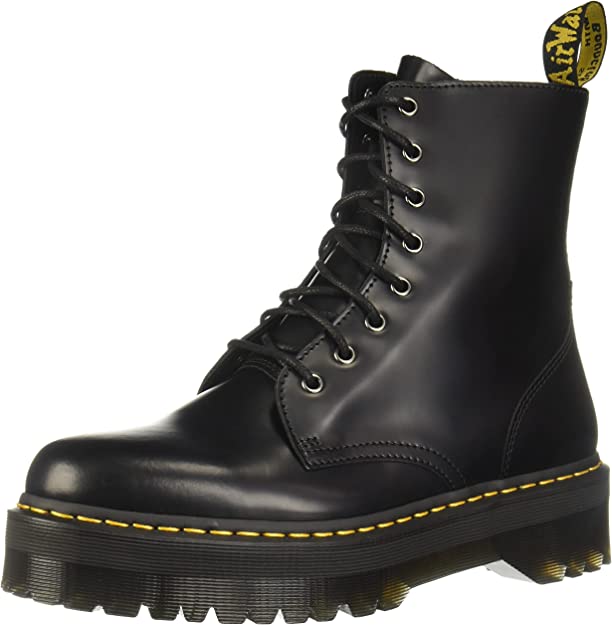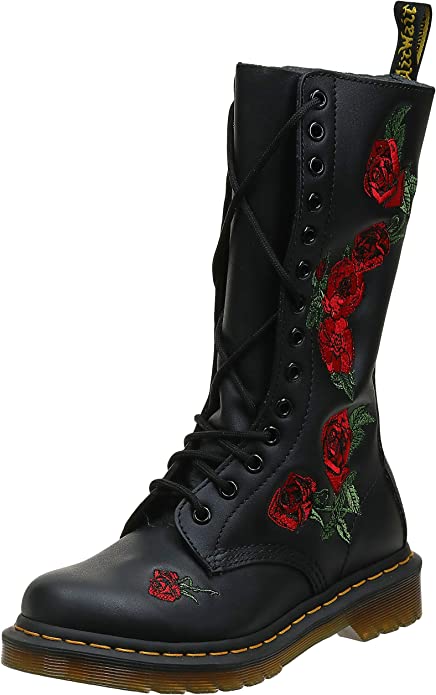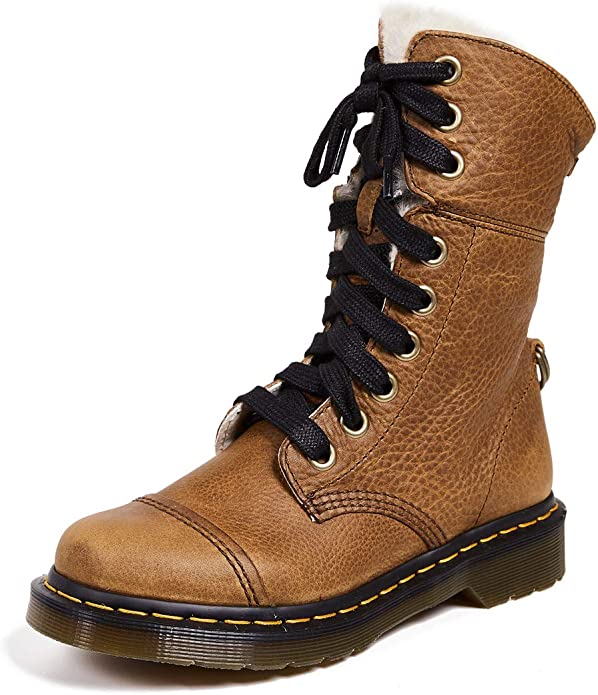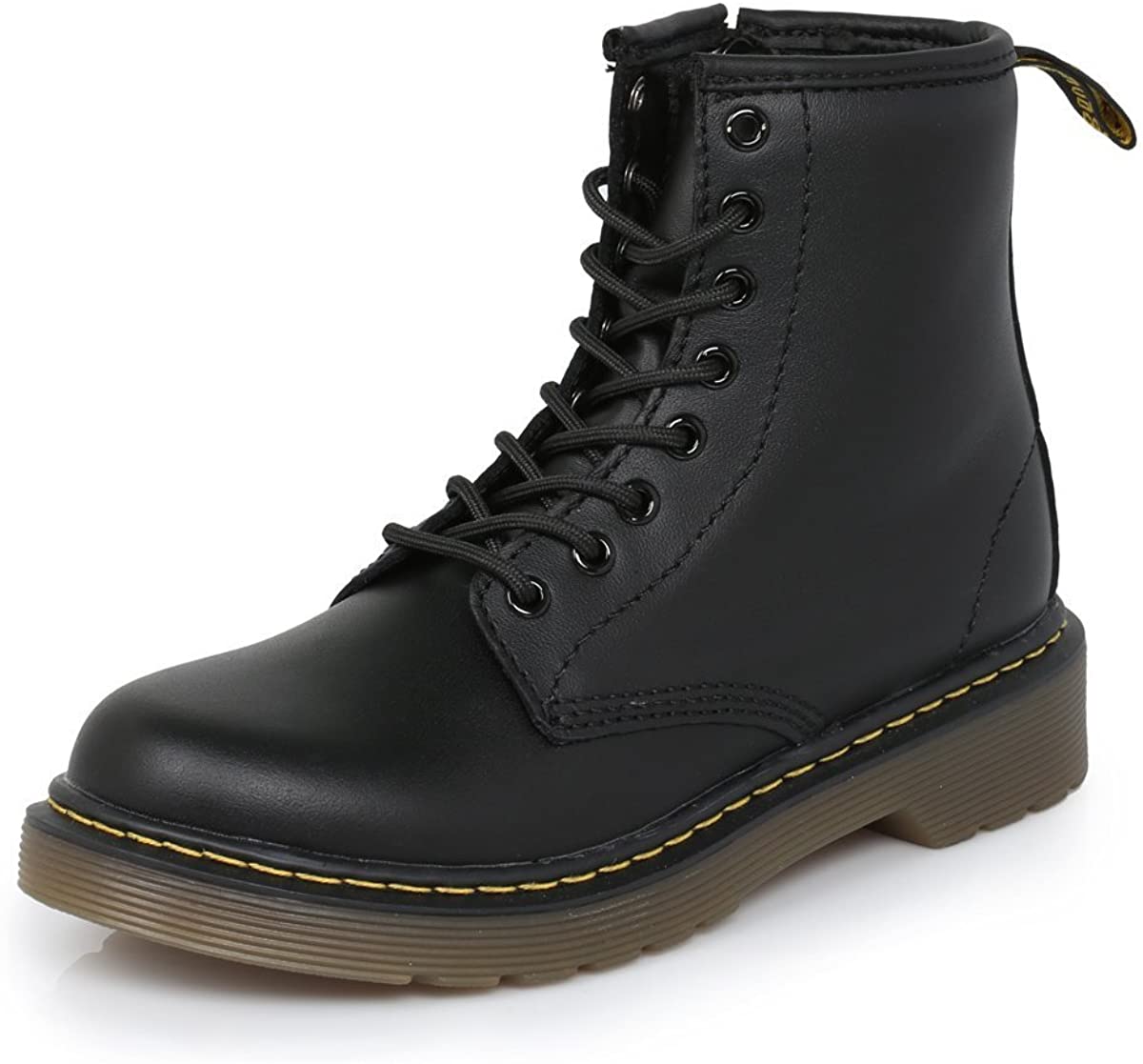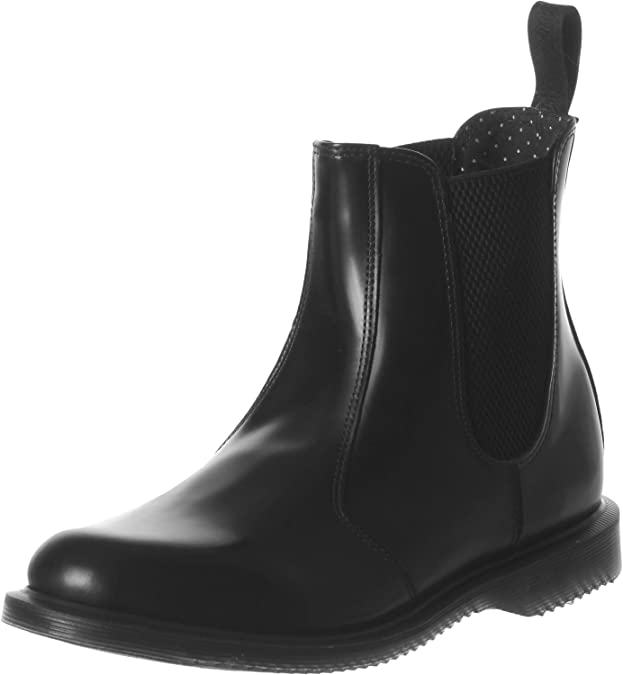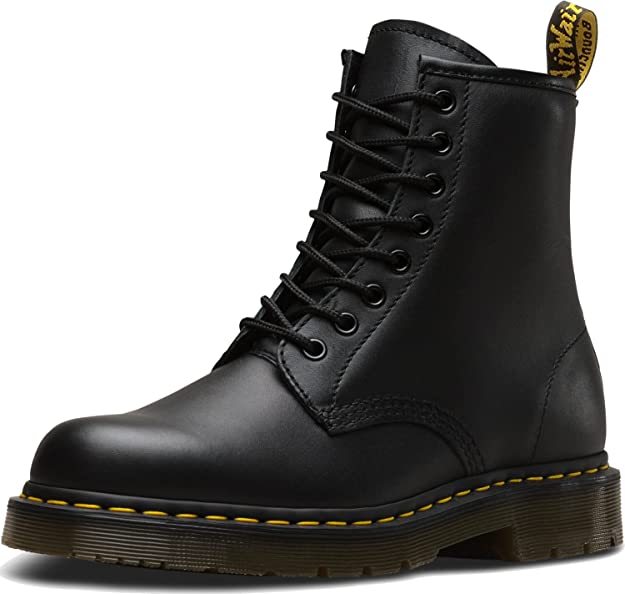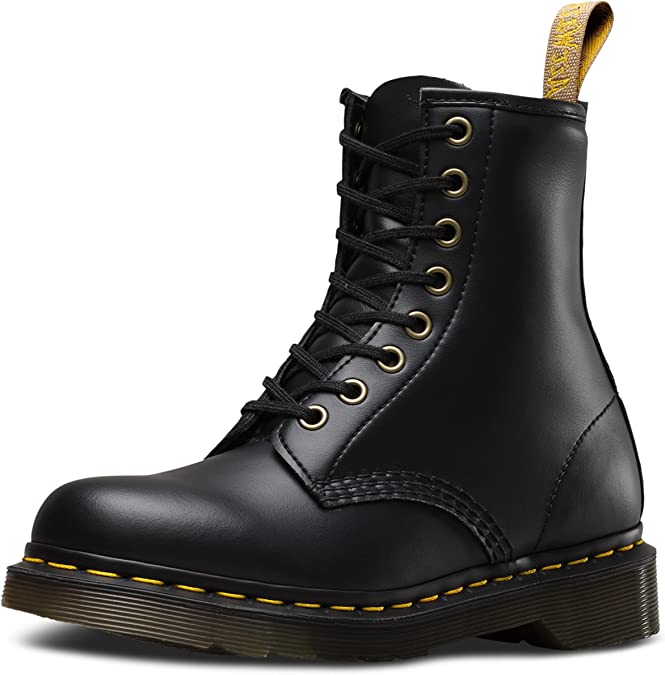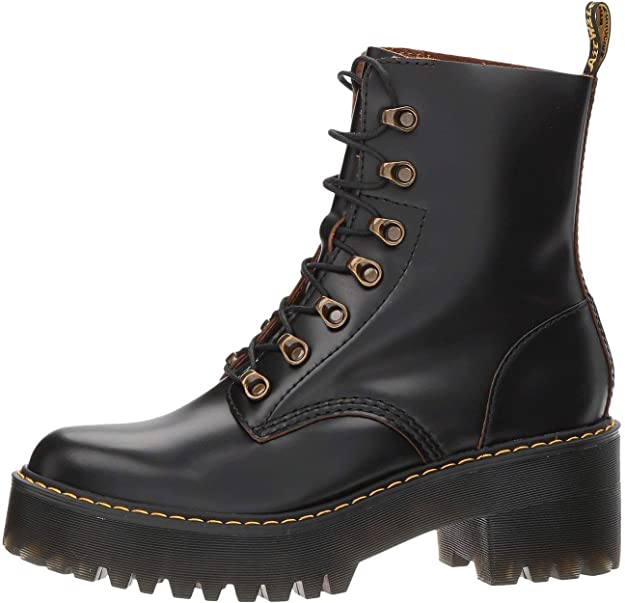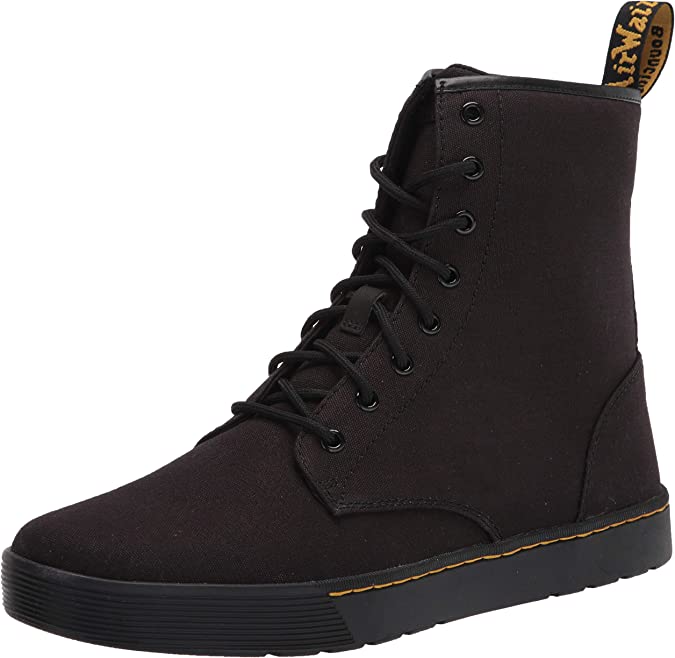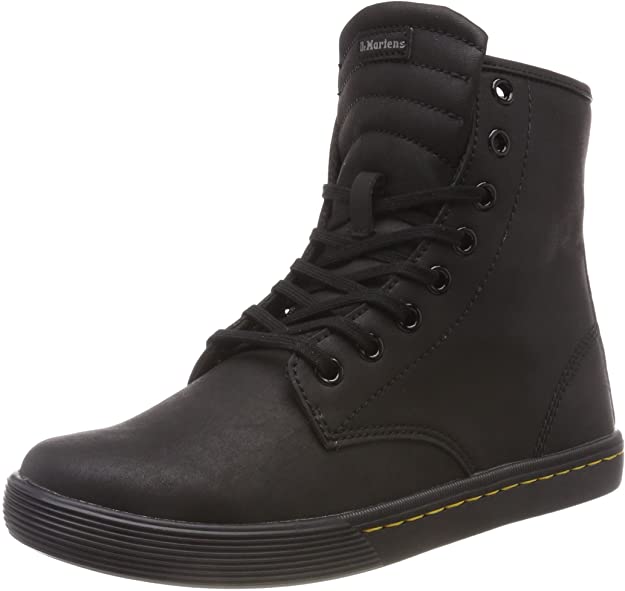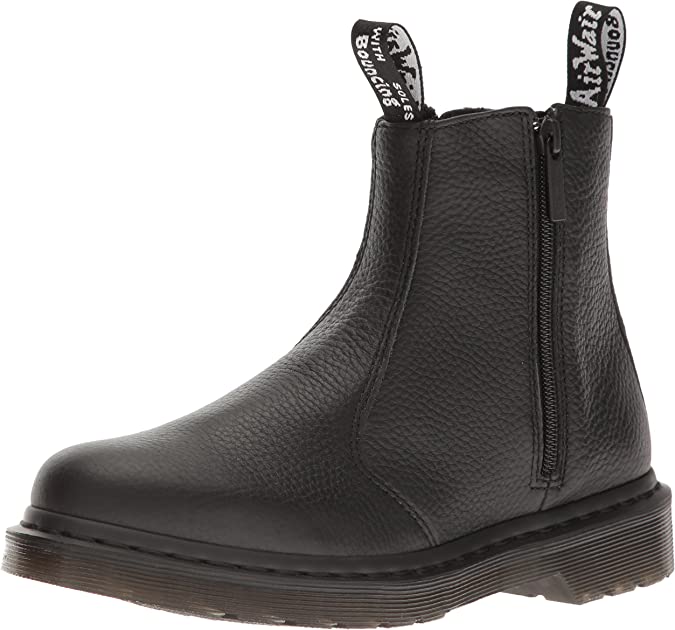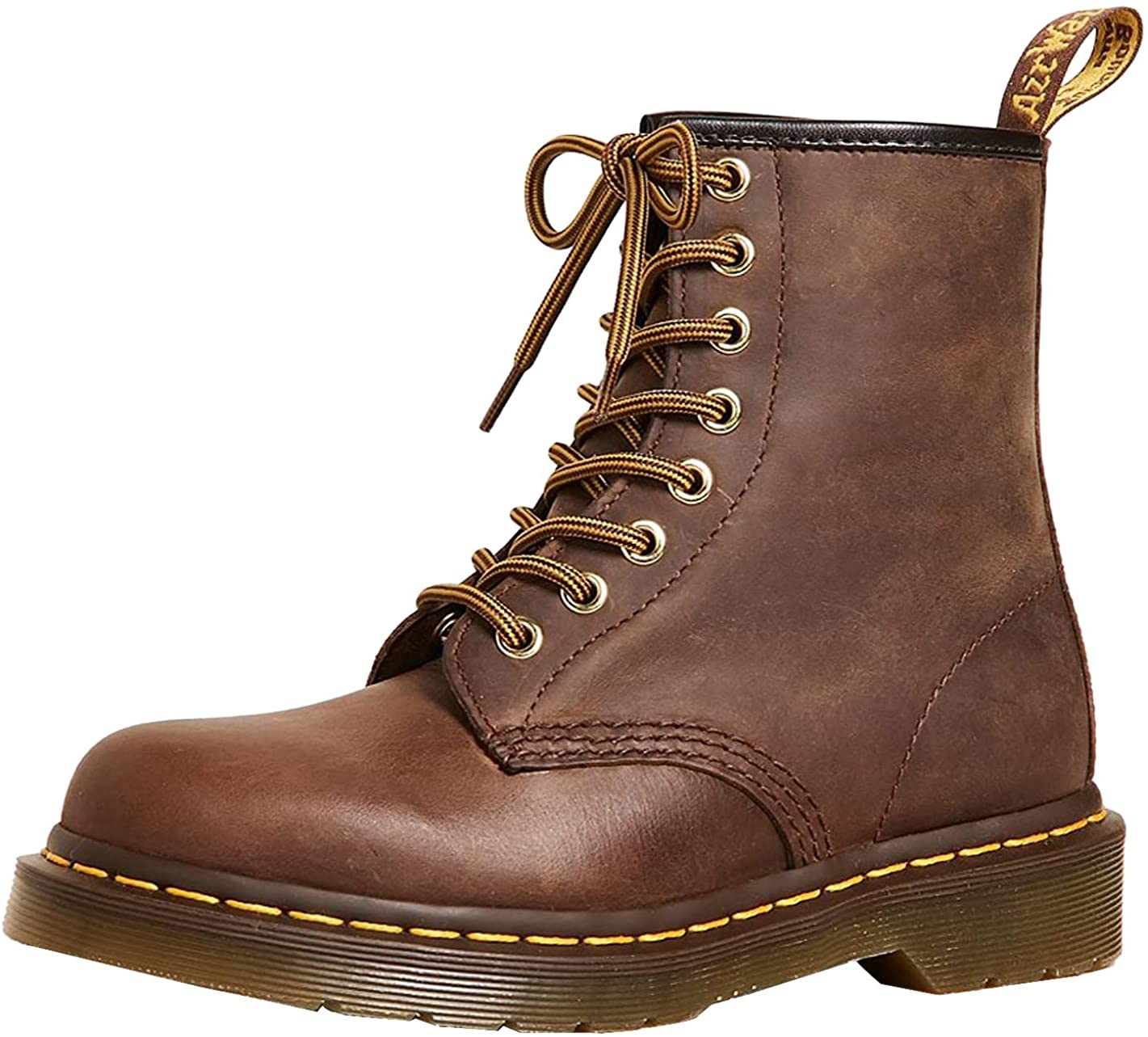Dr. Martens Women’s 1460w Synthetic Mid-Calf Boots
Last updated: October 18, 2022
This shoe has the classic black leather look that fans of the shoe will love. The exterior is Nappa leather and is comfortable enough to wear right out of the box. The sole follows through with plenty of cushioning.
We looked at the top Dr. Martens Boots and dug through the reviews from some of the most popular review sites. Through this analysis, we've determined the best Dr. Martens Boot you should buy.
Product Details
Key Takeaway: Sleek Nappa leather and a cushioned sole make these Doc Martens boots a classic.
In our analysis of 10 expert reviews, the Dr. Martens Women's Synthetic Mid-Calf Boots placed 3rd when we looked at the top 14 products in the category. For the full ranking, see below.From The Manufacturer
Lace low boot. Care Instructions [Smooth] = Clean Away dirt using a damp cloth, allow to dry apply correct coloured wax based shoe polish to restore shine as desired. Channel your fierce inner girl rocker with the 1460 boot from Dr. Martens. Its iconic leather upper is spiced up with vivid attitude while the thick lug sole puts that certain toughness in the silhouette. Lace up a perfect fit and hit the town like a rock star in this fun find. It all began near Munich, Germany in 1945 when Dr. Klaus Maertens injured his foot in a skiing accident in the Bavarian Alps. To make walking easier during the healing process, he designed a shoe with an air-cushioned sole. Using old rubber tires, he constructed soles that had air trapped within closed compartments. He showed his prototype to his engineer/inventor friend, Dr. Herbert Funck, and together they decided to develop and produce the shoes. Not only did the shoe solve the doctor’s immediate problem, but it also started to sell well in Germany. By 1959 the two founders decided that they needed a company to produce and distribute the shoes, then called Dr. Maertens, in other parts of the world. At first, many manufacturers rejected the concept of an air cushioned sole as a short-lived gimmick. However, the R. Griggs Group, located in the village of Wollaston in England, decided to go along with the idea by creating the first work boot with the revolutionary sole. On the first of April 1960, the first cherry red eight-eyelet work boot was produced and named 1460 (1/4/60). To sell the brand name better in England, the name was anglicized to Dr. Martens. The range was branded AirWair and the rest is history.
